
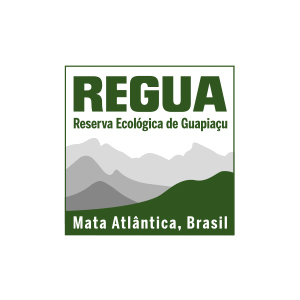
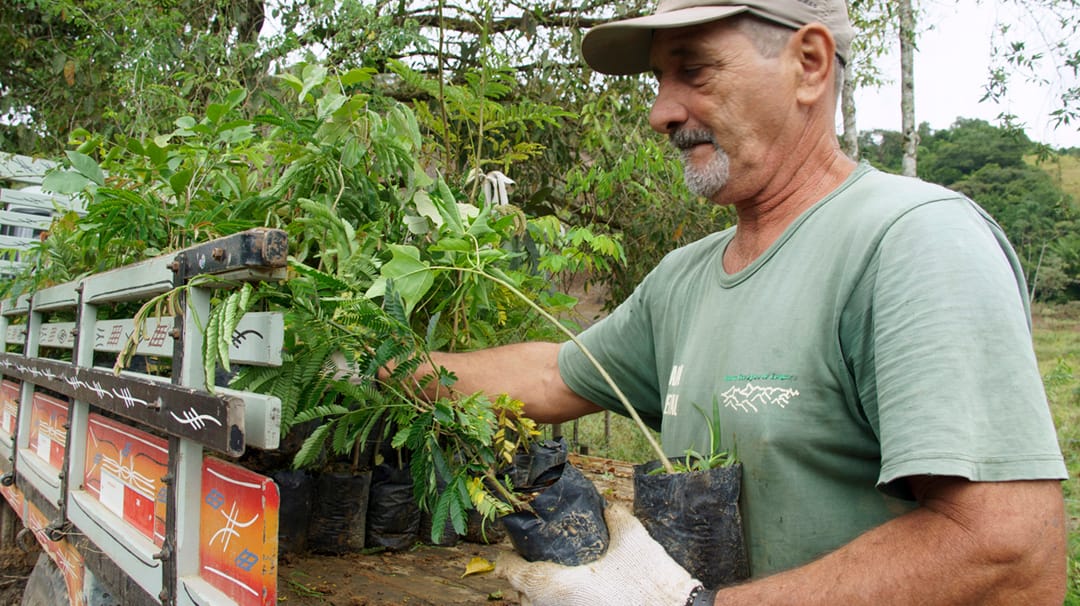
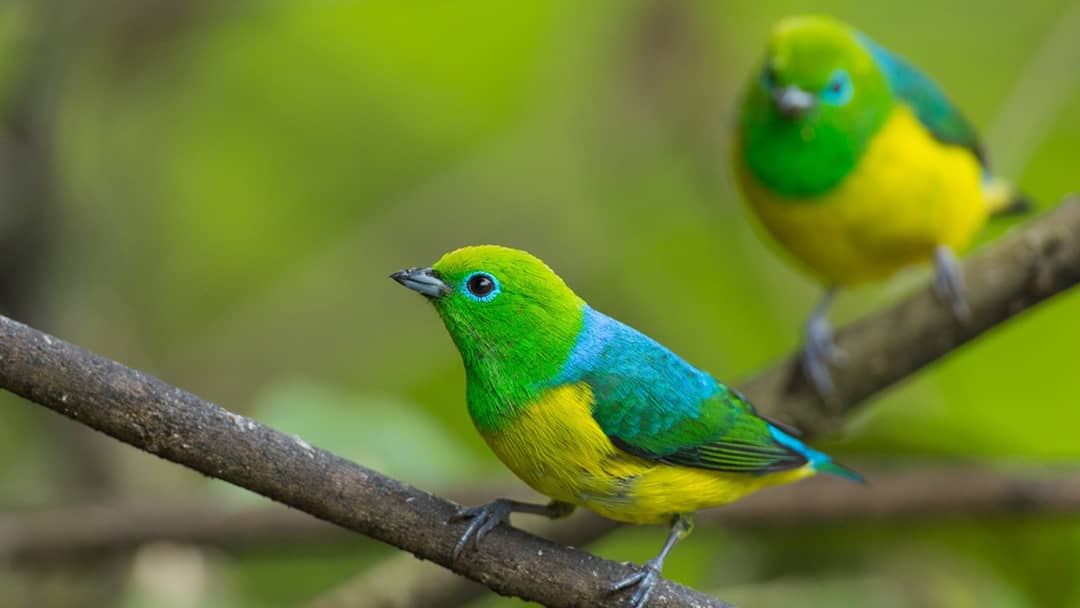

Restoration of the Guapiaçu watershed
2020 - 2023
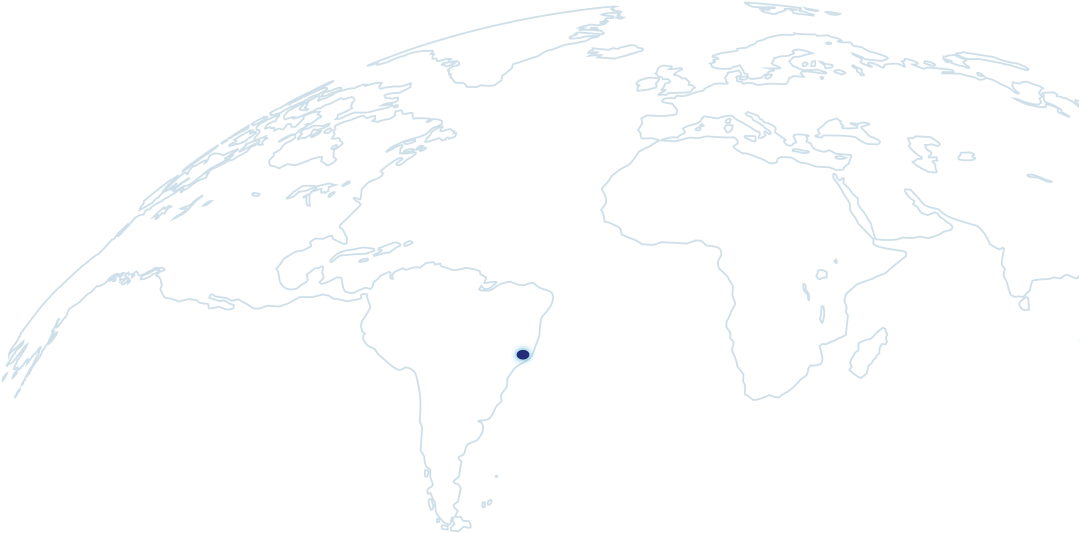
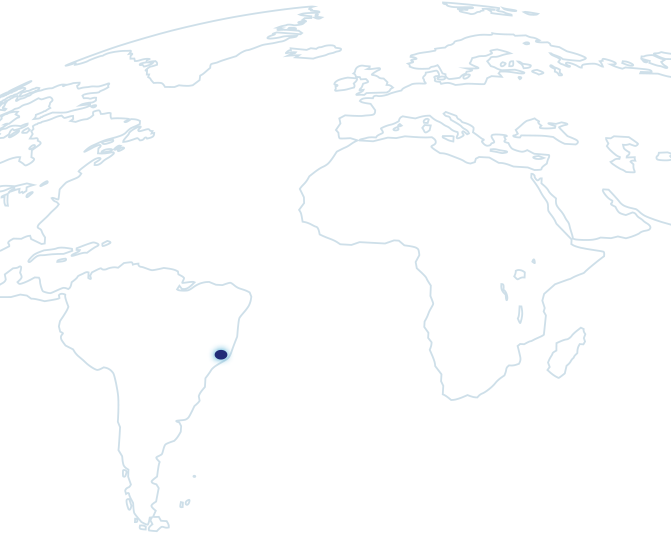
The Atlantic rainforest of coastal Brazil is recognised as one of the most important regions for biodiversity on earth, stretching from the northeast along the Atlantic coast to the borders of Argentina and Paraguay. However, only 8% is still intact, and much of this is highly fragmented by agriculture, plantations of non-native forest, and urban development.
Yet deforestation continues, even in areas designated as state parks. Fires often damage fragments close to habited areas and forests on the flatter, lower slopes have had to make way for agriculture and urbanization. Consequences are soil degradation and extensive silt runoff, causing problems for the water supply for millions of people.
Over the past decades, REGUA has restored large parts of the watershed into a thriving and beautiful ecosystem. Purchasing, restoring, connecting and protecting pieces of land has been a key ingredient of REGUA’s succes.
With DOB Ecology’s support, a 104 hectares parcel referred to as Lazzaroni has been acquired. This property consists of excellent mature primary forest and is strategically situated between land already owned by REGUA. The area is home to a troop of the critically endangered Southern Muriqui (woolly spider monkey) whose total global population is less than 1,500. With the acquisition, this forest is better protected by REGUA’s management and forest guards.
The second parcel, known as Ze Carniel, extending to 105 hectares has also been purchased. This property links some isolated forest fragments making it easier to cross open pasture for species that have had difficulty doing so. The open area on this property has been reforested to be able to claim the essential ‘private reserve status’.
REGUA’s holistic vision of conserving the Guapiaçu watershed has helped raise awareness of the State of Rio de Janeiro Environment Protection Agency (INEA) on the importance of saving the forests to protect water sources for people living downstream. Forests, biodiversity and water conservation form the basis of a clear ‘win-win’ policy and the RJ State environmental agency INEA declared the region a strategic area for water security and is providing grants for further restoration action.
Regua expanded their reserves with the acquisition of 257 hectares composed of the Lazzaroni land, the Zé Carniel Land and the Fabiano property. This area is permanently protected through ranger patrols. REGUA has planted 7000 saplings on 4 hectares of the only open area of the Zé Carniel property completing its full forest cover. This essential reforestation step made it possible to claim Private Reserve Status (RPPN status) on this property as well.
See the article(s) below:
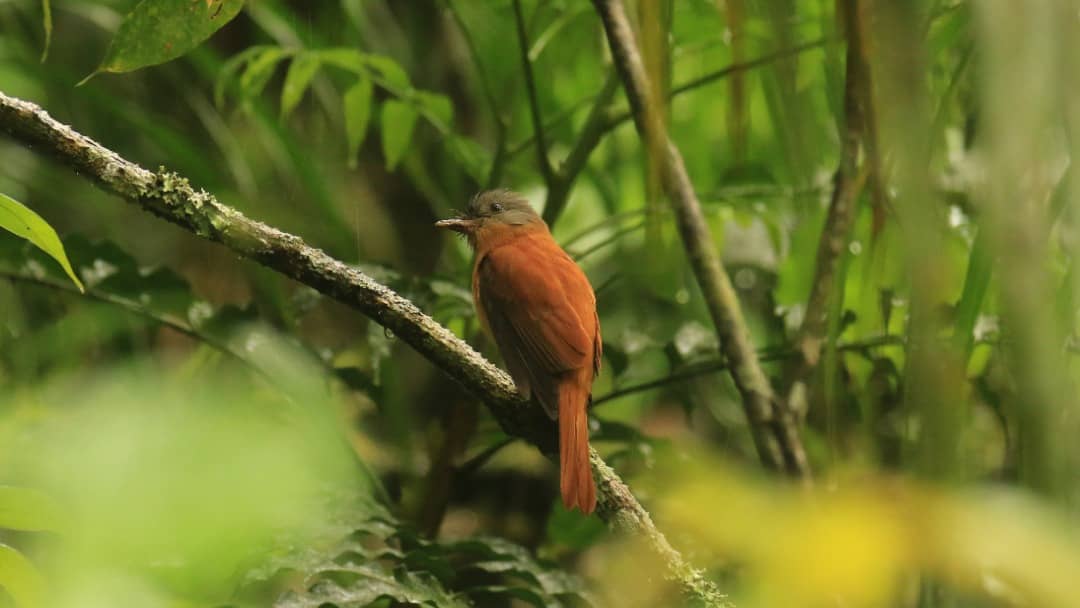
The Atlantic Forest was, originally, a 1.5 million square kilometers forest on the southeastern coast of Brazil. Human activity has destroyed 85% of this region over the past, mainly by deforestation. One of the organizations that aims to preserve and increase what is left of the local flora and fauna is REGUA, the Reserva Ecológica de Guapiaçu.
Photocredits
– Regua bird 3 © Gustava Pedro
– Regua tapir © Vitor Marigo